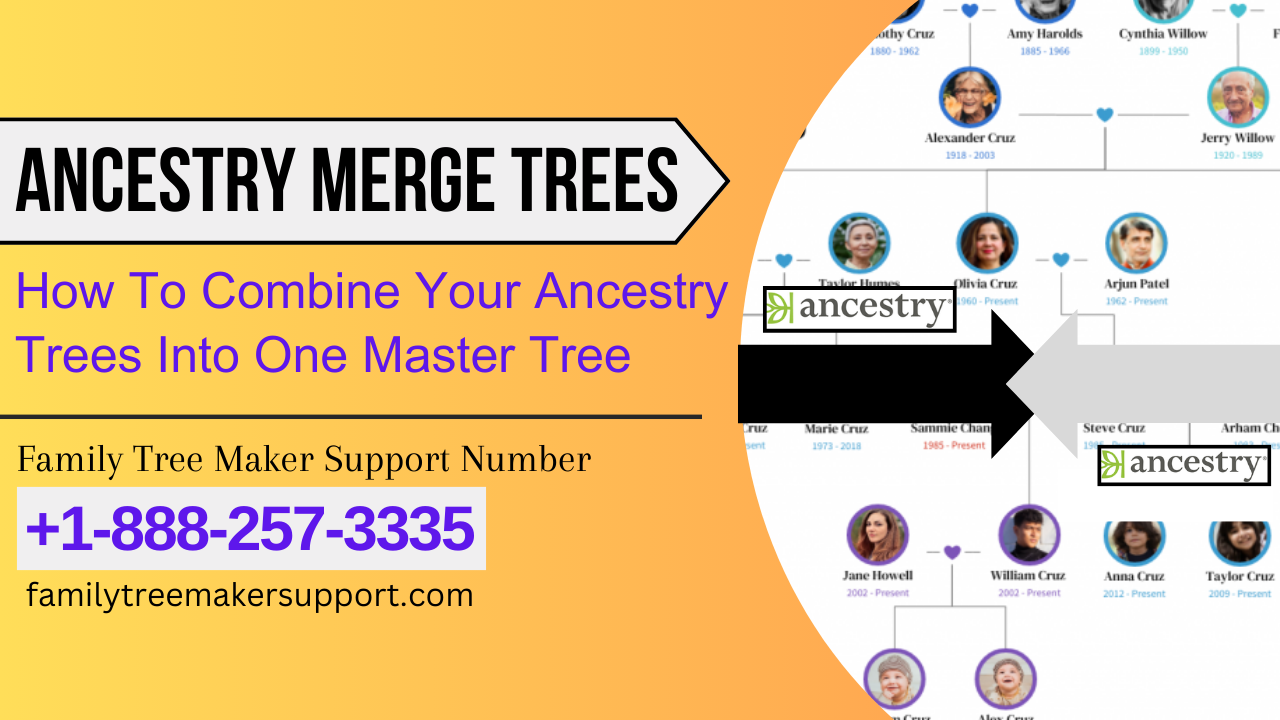Are you excited to learn how to merge Ancestry trees into one master tree? It’s a great way to build a more complete family history and combine all of your research into one comprehensive resource. But before you dive in, it’s important to understand the process and the potential challenges that come with it.
Merging two trees can sometimes result in lost data or broken relationships between people in the merged tree. This is because each tree may contain its own unique set of details, and it can be difficult to account for every detail when combining them. To mitigate these issues, it’s recommended that you keep one tree as a “Source” tree and connect the other tree to it instead of merging them.
When you connect the second tree to the source tree, you’ll need to review all of the information carefully to ensure that any duplicates are resolved and that the correct relationships are established. This can be a time-consuming process, but it’s essential for creating a complete and accurate family history.
In addition to the potential challenges, there are also many benefits to merging trees in Ancestry. By combining all of your research into one master tree, you can easily access all of your family history information in one place, making it easier to share with others or continue your research.





